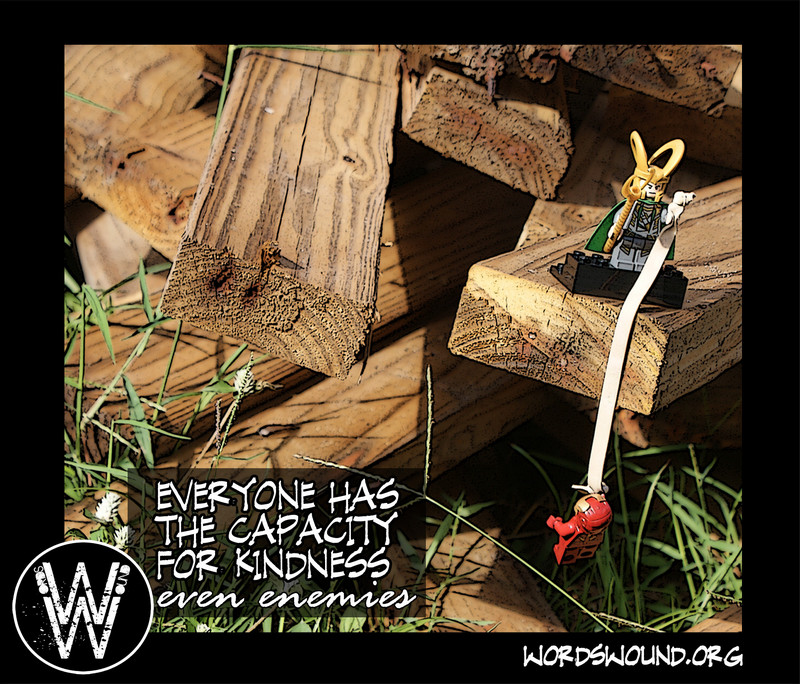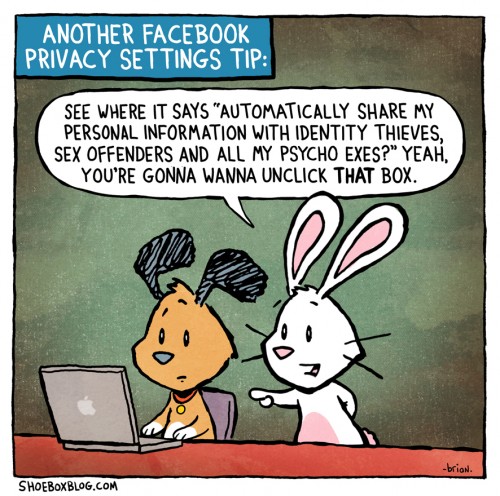Visit the Cyberbullying Research Centre for information about cybersafety for students, teachers, parents and more.

Cybersmart parents: Connecting parents to cybersafety resources
How cybersmart are you? (for your children)
Tagged: When a group of high-school friends post a rumour about a rival it sparks a chain reaction that leaves no one untouched. Cyberbullying, sexting, filmed fights and police action ensue—will these friends avoid being tagged forever?

The Internet has made our lives easier in many ways. We now shop online, keep in touch with friends, pay bills, market our businesses and keep up with current affairs in cyberspace.
Criminals are also excited about this wealth of information, because it gives them access to personal details that can be used for unlawful activities. Staying safe online is mostly about being alert to the dangers.
Identity theft is a serious issue in Australia. Criminals increasingly turn to the Internet for easy pickings. In 1 out of 5 instances, your stolen identification details are used to gain credit or apply for a loan. Read more about how to avoid identity theft and fraud.

Welcome to the Know IT All Secondary Toolkit. In this area we hope to provide educators with a range of ready to go e-safety resources for use with secondary aged pupils. Browse, download and personalise the range of downloadable lesson plans, films, games, PowerPoint presentations and more.
How to be http secure (Wikipedia)
In its popular deployment on the internet, HTTPS provides authentication of the web site and associated web server that one is communicating with, which protects against Man-in-the-middle attacks. Additionally, it provides bidirectional encryption of communications between a client and server, which protects against eavesdropping and tampering with and/or forging the contents of the communication.[1] In practice, this provides a reasonable guarantee that one is communicating with precisely the web site that one intended to communicate with (as opposed to an impostor), as well as ensuring that the contents of communications between the user and site cannot be read or forged by any third party.
Subject guide created by Tania Sheko at Melbourne High School. Reused and adapted here with her kind permission.
The DIREKT Project Online Information Literacy (IL) Module Platform